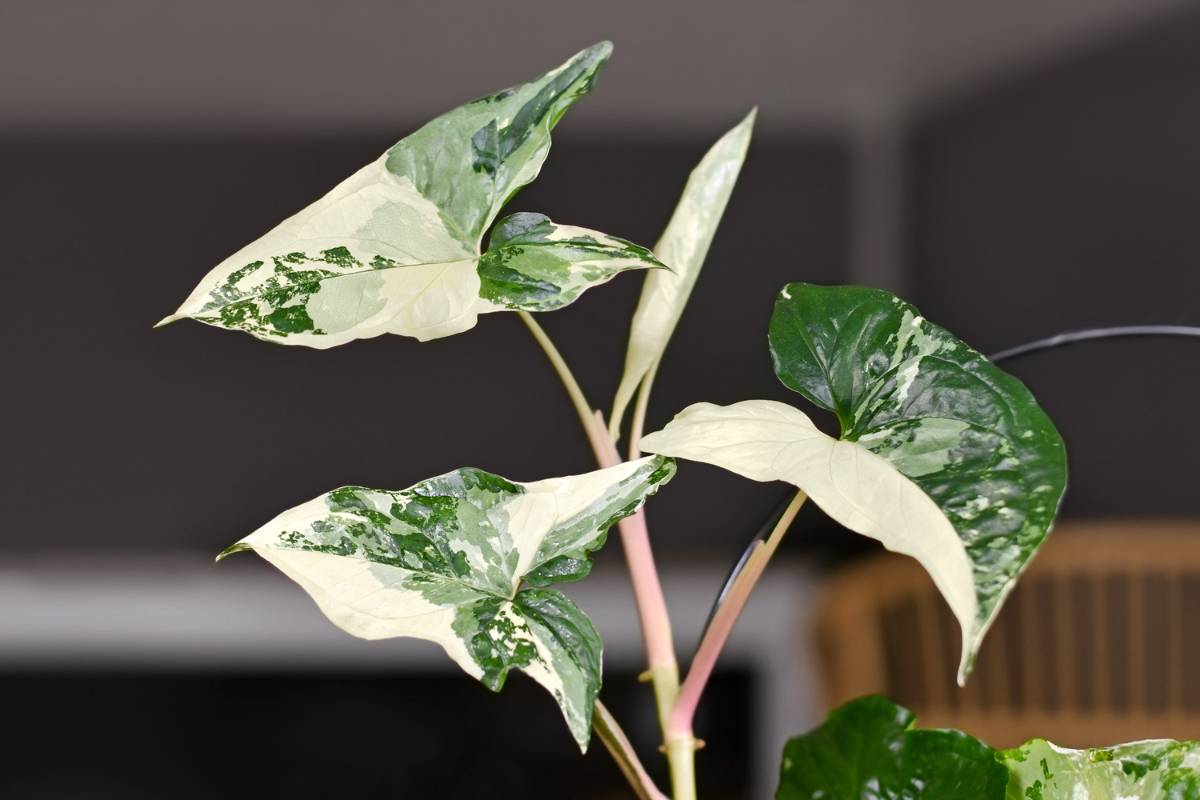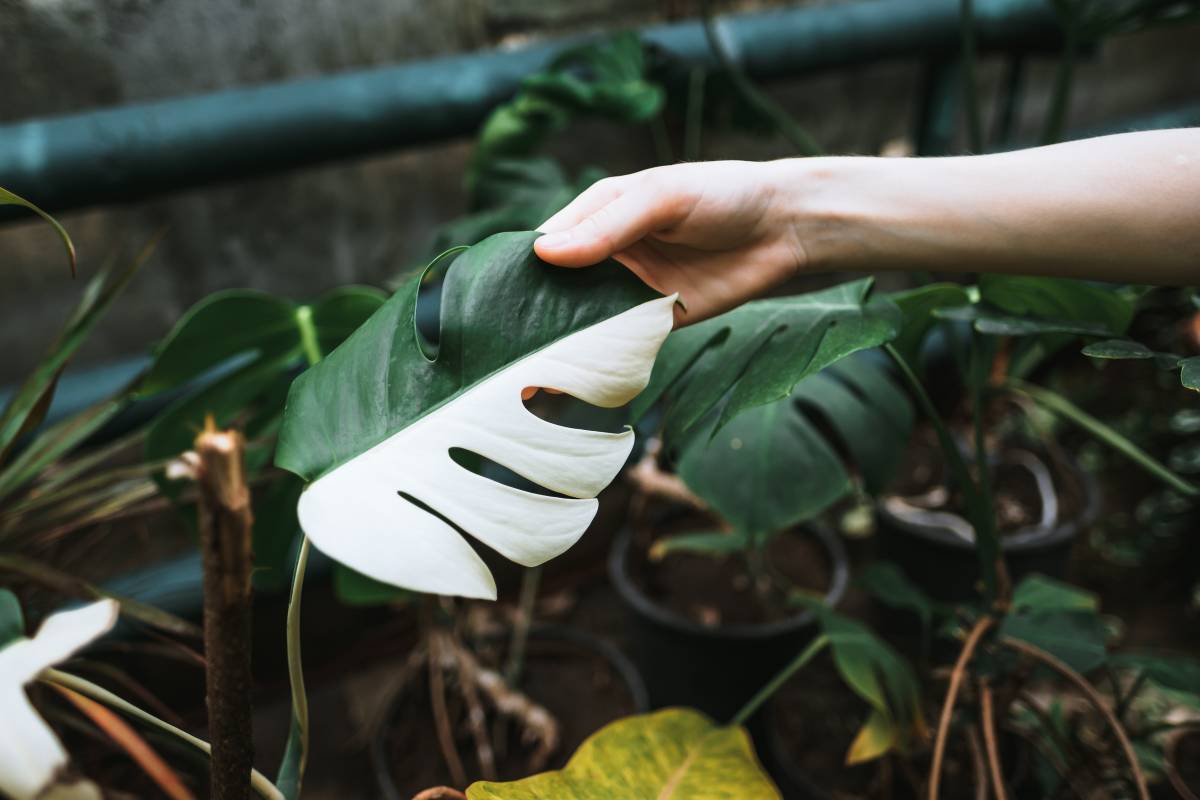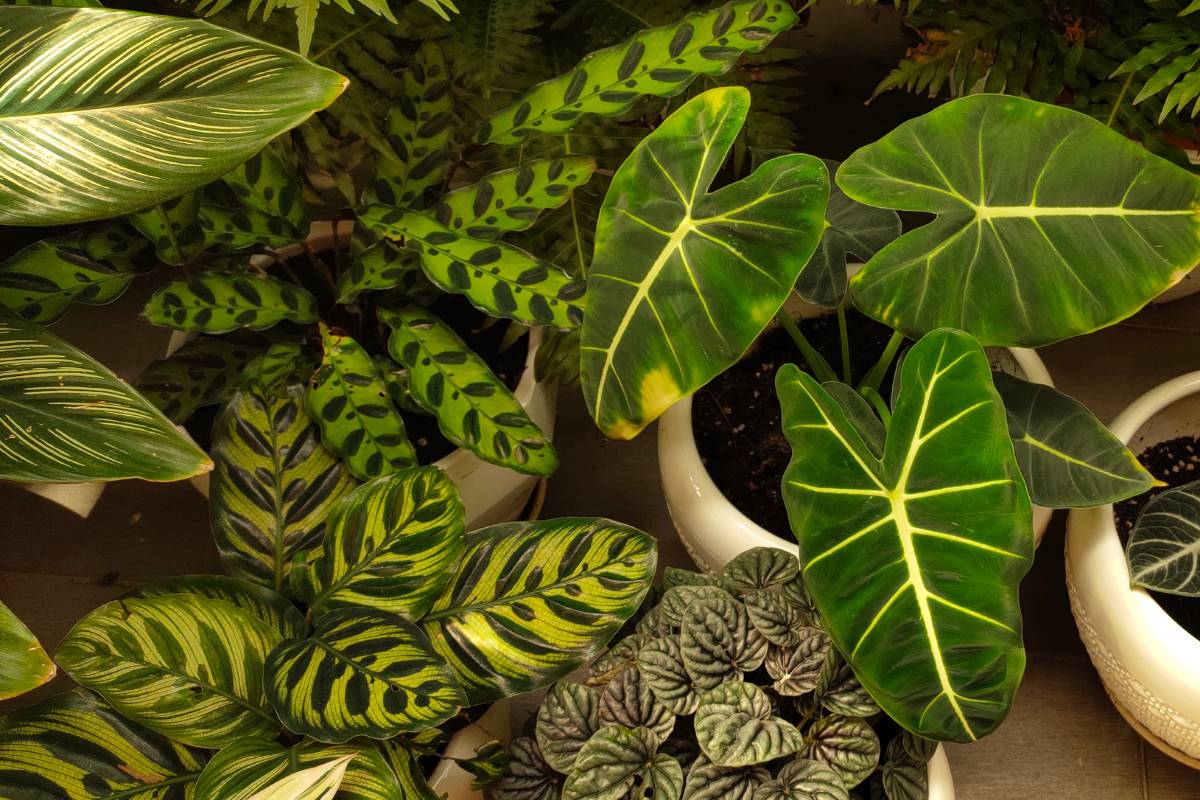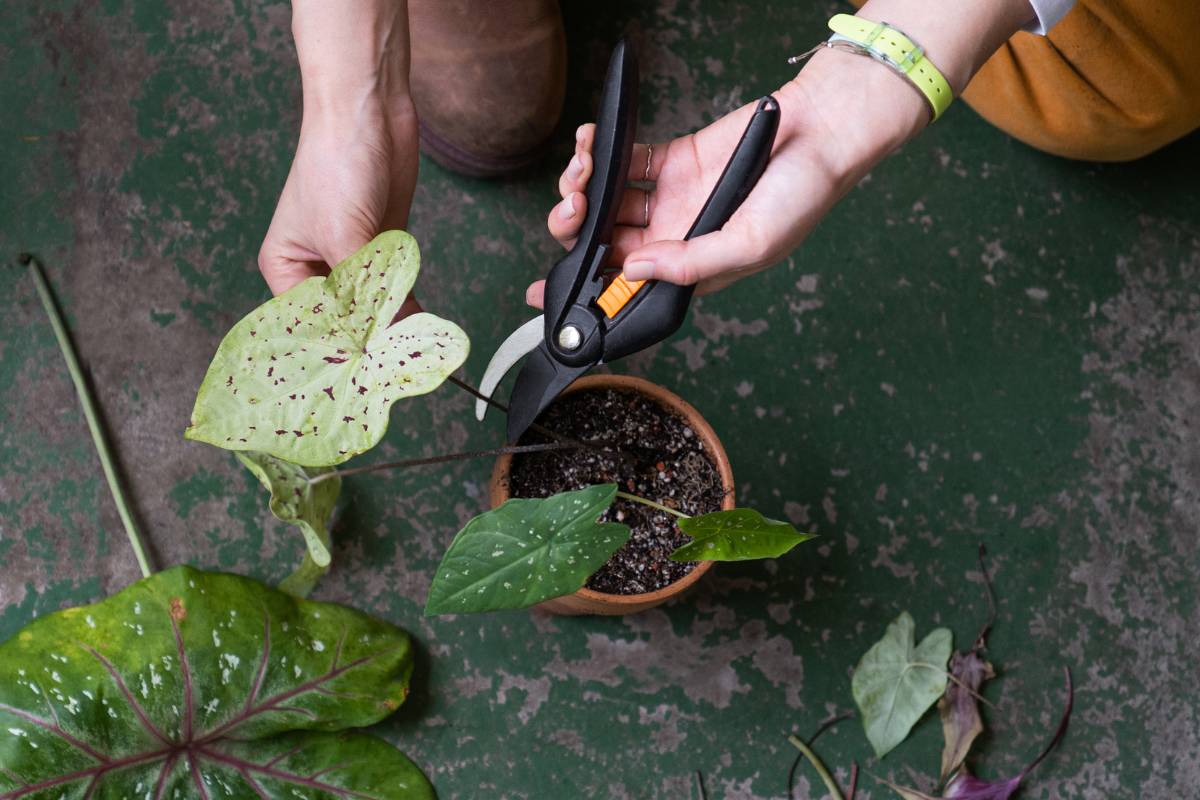Leaf variegation is a fascinating phenomenon that adds a touch of artistry to the world of plants. The term is used when two or more distinct colours are present on a plants' leaves, with white and green a common combination but mixes of red, silver, orange and yellow also featuring. The contrasting colours can be in a uniform pattern or in the form of irregular spots, blotches or stripes. Either way, leaf variegation often creates unique patterns and adds interest to non-flowering plants, especially indoors.
Variegation has captivated gardeners and plant enthusiasts for centuries. Read on to discover its causes and to learn how best to care for variegated plants.
What Causes Leaf Variegation?
First, a little refresher on what gives leaves their green colour in the first place. The primary factor is chlorophyll, which not only plays a crucial role in plant growth but also imparts the characteristic green hue to foliage. The absence of chlorophyll results in leaves with white patterns or patches.
In addition to chlorophyll, pigments like anthocyanin and various carotenoids can create captivating red, pink, purple and orange colours in leaves. Sometimes the pigments are present in leaves at all times; at other times they appear in response to stressors such as cold temperatures or changing light levels.
While the presence or absence of chlorophyll and other pigments explains the different colours of leaves, it’s worth considering how and why plants have evolved with variegated leaves. Let’s take a look at some common causes.
Genetic Mutations
The most common cause of variegated leaves is a natural genetic mutation that affects the chloroplasts in plant cells. Chloroplasts are responsible for photosynthesis, the process by which plants convert sunlight into energy. When a mutation occurs, it can disrupt the distribution or production of chlorophyll. As a result, areas with less or no chlorophyll develop, leading to the formation of variegated patterns.
Viruses
Some plant viruses can disrupt the production and distribution of chlorophyll. As a result, some parts of the infected leaves may exhibit irregular colouration, giving rise to variegation. This can result in patches of white, yellow or other pigmented areas amidst the green backdrop. Leaf variegation caused by viruses not only alters the aesthetics of plants but also serves as a visual indicator of the underlying infection. Importantly, the viruses that cause leaf variegation are often not harmful to the plants.
Plant Breeding
Because leaf variegation has so fascinated gardeners, plant breeders have been able to introduce and enhance variegated traits in various species. By selectively breeding plants with desirable variegation patterns, breeders can create new cultivars with striking and unique leaf colourations. This process involves choosing parent plants that display variegated traits and crossbreeding them to pass on these characteristics to future generations. Through successive generations and careful selection, breeders can refine and stabilise variegated traits, resulting in a diverse array of patterns, ranging from subtle mottling to bold splashes of color.
Can the Growing Environment Affect Variegation?
Leaf variegation can also be influenced by a range of environmental conditions. Light levels, for instance, play a significant role in determining the intensity and distribution of variegation. Plants with variegated leaves often require just the right lighting conditions to maintain their striking patterns. Too little light can result in leaves losing their variegation and becoming predominantly green. This is because plants have to produce more chlorophyll in low light situations to meet their energy needs. On the other hand, excessive light can cause bleaching or scorching of the variegated areas.
Temperature fluctuations can also impact leaf variegation, as certain plants exhibit more pronounced variegation in cooler temperatures. Additionally, nutrient availability plays a crucial role in the development of vibrant leaf patterns. Imbalances or deficiencies in essential nutrients can affect pigment synthesis and distribution, leading to altered variegation. By understanding and managing these environmental factors plant enthusiasts can optimise the expression and longevity of leaf variegation.
Maintaining Variegated Plants
Remove All-Green or All-White Leaves
In variegated plants, it is not uncommon to find shoots with leaves that are entirely green or entirely white. These leaves lack the contrasting colors that make variegation visually appealing. All-green shoots will produce more energy than variegated shoots due to their higher levels of chlorophyll and may ‘take over’ from the variegated shoots. Removing shoots at the base or near the stem of the plant will help maintain the desired appearance.
On the other hand, all-white leaves in variegated plants are typically non-functional. Without chlorophyll, they are unable to carry out photosynthesis effectively. It is best to remove these all-white shoots as they do not contribute to the plant's overall health or aesthetics.
When pruning variegated plants, use clean, sharp tools to avoid damaging the plant. Make clean cuts at soil level or where the stem meets the main branch. Regular pruning not only encourages the growth of variegated leaves but also helps maintain the plant's shape and vigour.
Get Light Levels Right
Most variegated plants thrive in bright, indirect light, although specific light requirements may vary among species. If the white parts of a variegated plant begin to take on a green tinge it’s a sign that light levels may be too low. Move the plant to a brighter position, still out of direct sunlight, and wait a few weeks to see if the levels of green pigment return to normal. It may take a little experimentation to find just the right position and light levels in your home.
Next time you encounter a variegated plant, take a moment to appreciate the intricate patterns painted by nature. Leaf variegation is a testament to the beauty and diversity found in the plant kingdom, reminding us that even in a world of (mostly) green there is room for an artist's touch.









